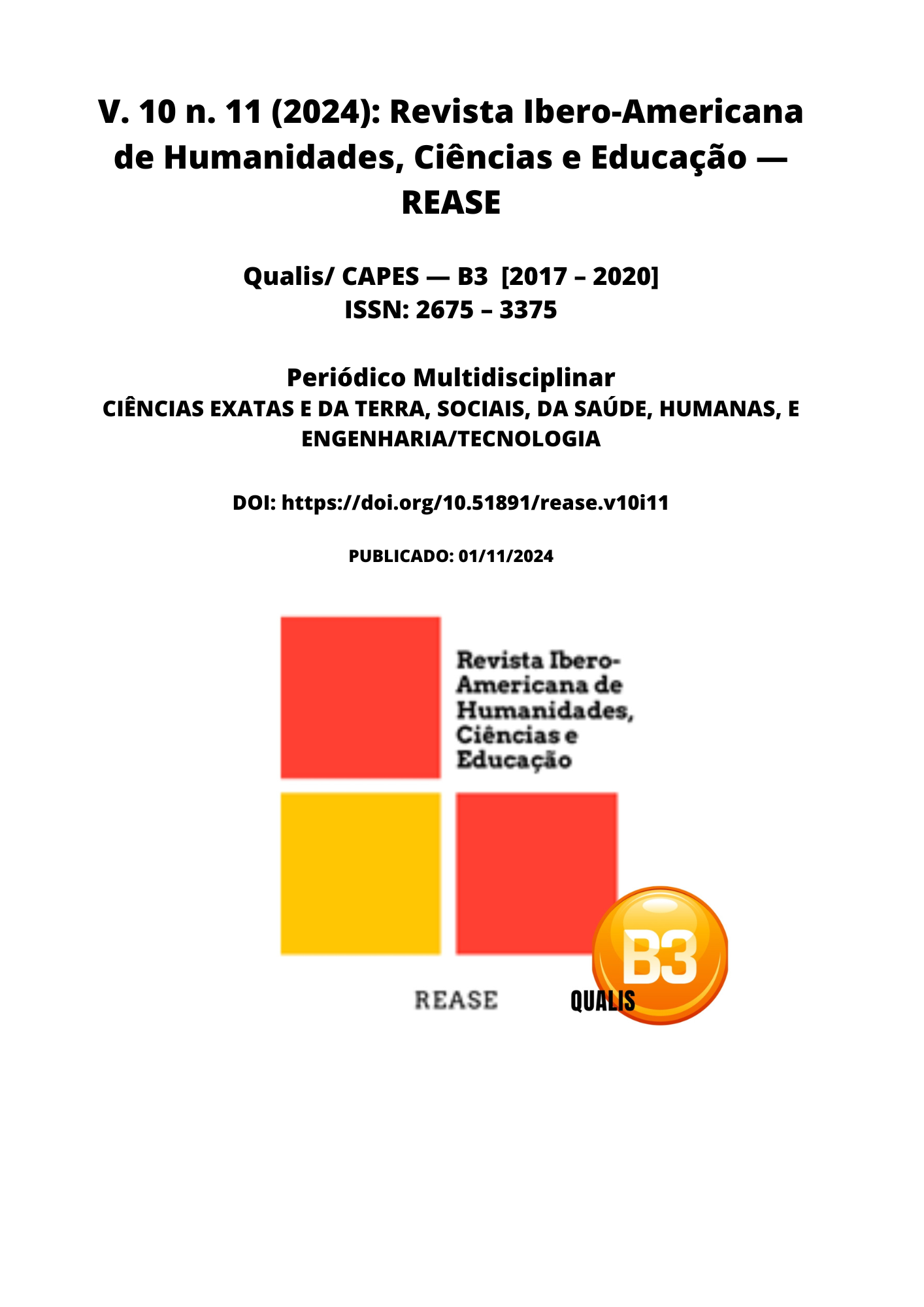ETIOLOGY, DIAGNOSIS, AND INTERVENTION IN THE TREATMENT OF IMPACTED CANINES
DOI:
https://doi.org/10.51891/rease.v10i11.16337Abstract
Currently occurs with high frequency non-eruption of permanent canine, or even finding it impacted. Its traction is usually recommended, putting it in a correct position in the dental arch, because of its relevant importance in the function and aesthetics. Through a literature review sought to analyze the problem of dogs or even impacted, with regard to its etiology, diagnosis and time impact of timely intervention, but also describes the various techniques developed for its treatment. The persistent etiologic factors are: prolonged retention or early loss of deciduous canine, lack of space agenesis of upper lateral incisor granuloma or cyst dentigerous supernumerary deciduous canine trauma in systemic disorders. The permanent canine is found impacted in a greater number in females, the maxilla by palatine. For a precise diagnosis of the position of the canine, periapical X-rays are used in two plans, complemented by occlusal. The inspection of deep, ankylosis, prognosis uncertain due to a horizontal position unfavorable, contraindicate the surgical exposure of Canine. Traction is used in the technique of direct bonding for not damage the crown and does not promote tooth loss of periodontal insertion that usually arises from an excessive bone renewal for its traction.
Downloads
Downloads
Published
How to Cite
Issue
Section
Categories
License
Atribuição CC BY

